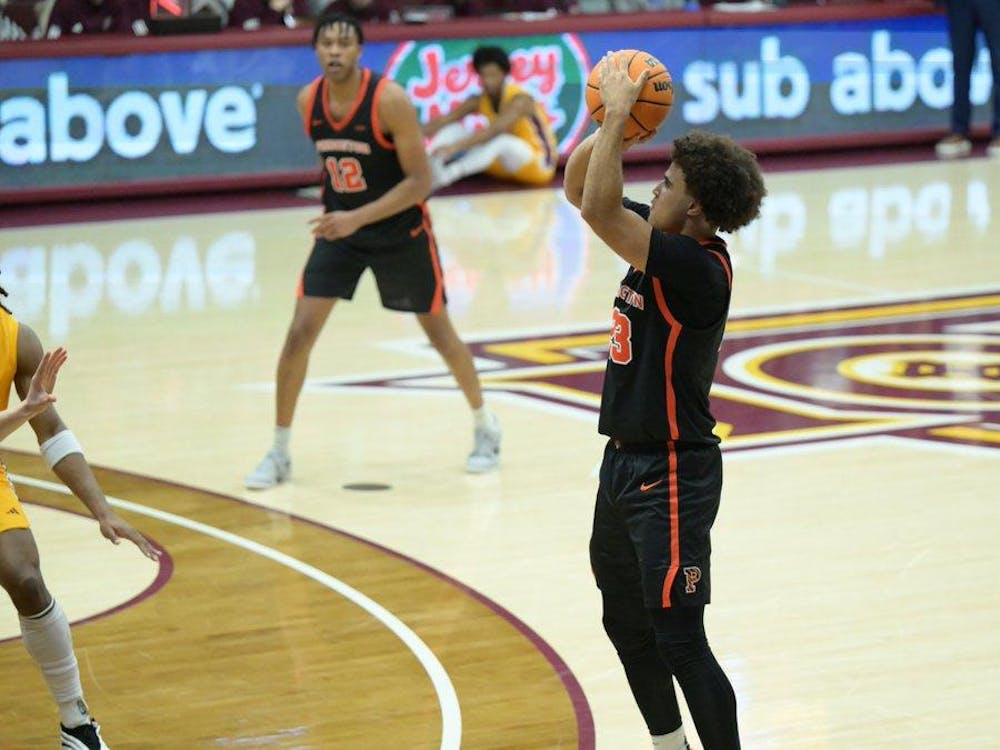The University announced Monday that its endowment earned 6.2 percent for the fiscal year ending in June. Now, the endowment is valued at $26.1 billion, up $200 million from last year. This year’s return is a drop from last year, when the University reported a 14.2 percent return.
According to the University announcement, the endowment’s annual return during the past decade is 11.6 percent, putting the University in the top percentile of 500 institutions ranked by the Wilshire Trust Universe Comparison Service.
In the past, Andrew Golden, the President of The Princeton University Investment Co. (PRINCO), the University office that manages the endowment, has emphasized that the 10-year figure is the one that gives the better sense of the endowment’s performance over time.
“… we remind ourselves … that a single year is so short that luck is almost always the single largest driver of relative results,” Golden wrote in the Report on Investments in the 2017–18 Report of the Treasurer. “We strive to keep all eyes on the long term. A single year’s performance … does not give much information about past efforts or the likelihood of future success.”
Golden emphasized that focus again in a recent interview with The Daily Princetonian, describing the time frame of the University’s endowment as effectively infinite. According to Golden, given that time frame, focusing on the longer term is a more viable strategy.
“The endowment’s mission is to spend as much as possible while preserving pursing power into perpetuity,” Golden said. “The idea behind an endowment fund is that there should be intergenerational equity, that students and professors 100 years from now should get the same benefit as students and professors right now.”
“So if our mission is forever, it turns out forever is a long way off,” Golden said.
Harvard University announced its returns in late September, noting a 6.5 percent return for fiscal year 2019. That brought Harvard’s endowment to $40.9 billion. The Harvard Crimson noted that while the rate was also lower than for the last two years, it was the first time the endowment had exceeded $40 billion.
Brown University led the Ivy League this year with a reported 12.4 percent return on its endowment. The University of Pennsylvania reported a 6.5 percent return, Yale University reported a 5.7 percent return, Dartmouth University posted a 7.5 percent return, and Cornell University reported a 5.3 percent return.
Columbia University had the lowest return on its endowment among the Ivy League, reporting a 3.8 percent return. Every Ivy League school experienced a smaller return in 2019 than in 2018.
Golden said this correlation could well be due to larger market factors, but that one cannot draw too much about each endowment’s investment strategy from one year’s return numbers.
“Because they all have this outside correlation, the market, they will also appear to have ... some correlation with each other, but it doesn’t mean that they are fellow travelers,“ Golden said. “It doesn’t mean they’re approaching things the same way.”

The more than 4,000 funding sources of the endowment include permanently restricted net assets, temporarily restricted net assets, and unrestricted net assets, with many accounts dating as far back as the University’s founding. Most accounts are dedicated for financial aid purposes, and the Office of Communications noted that earlier this year the “trustees approved a 7.2 percent increase in undergraduate financial aid to $187.4 million in the University's operating budget for the current year.”
The endowment also supports funding for over 200 endowed professor positions, masters and Ph.D. students, athletics, religious life, and faculty teaching, and research.
Deputy University spokesperson Mike Hotchkiss emphasized the “key role of the endowment in the University and being able to provide the financial support we do to students.”
“It’s constantly used in the service of the University,“ Hotchkiss said.
PRINCO will certify the results during a meeting of its directors on Oct. 17, 2019.








